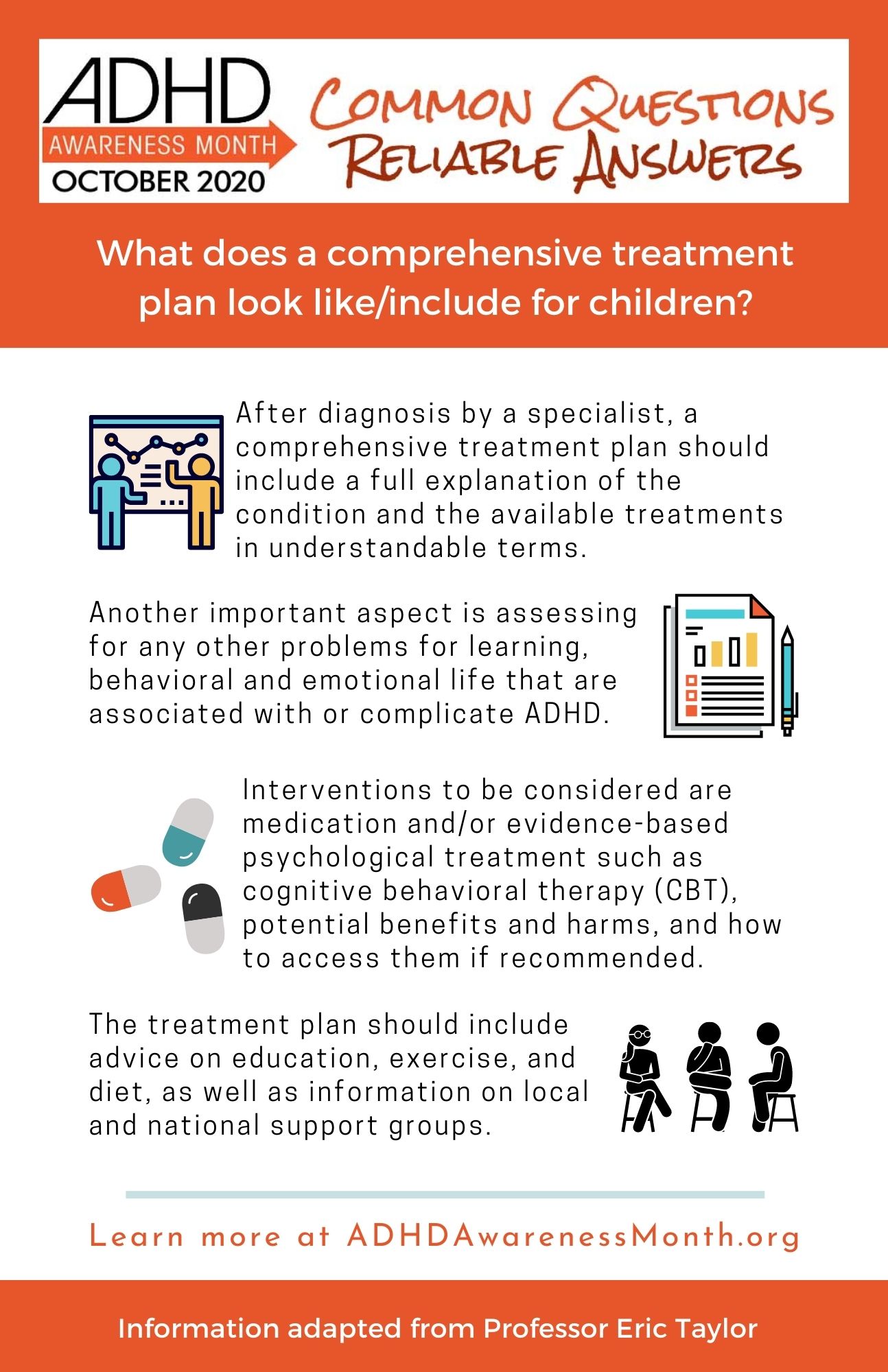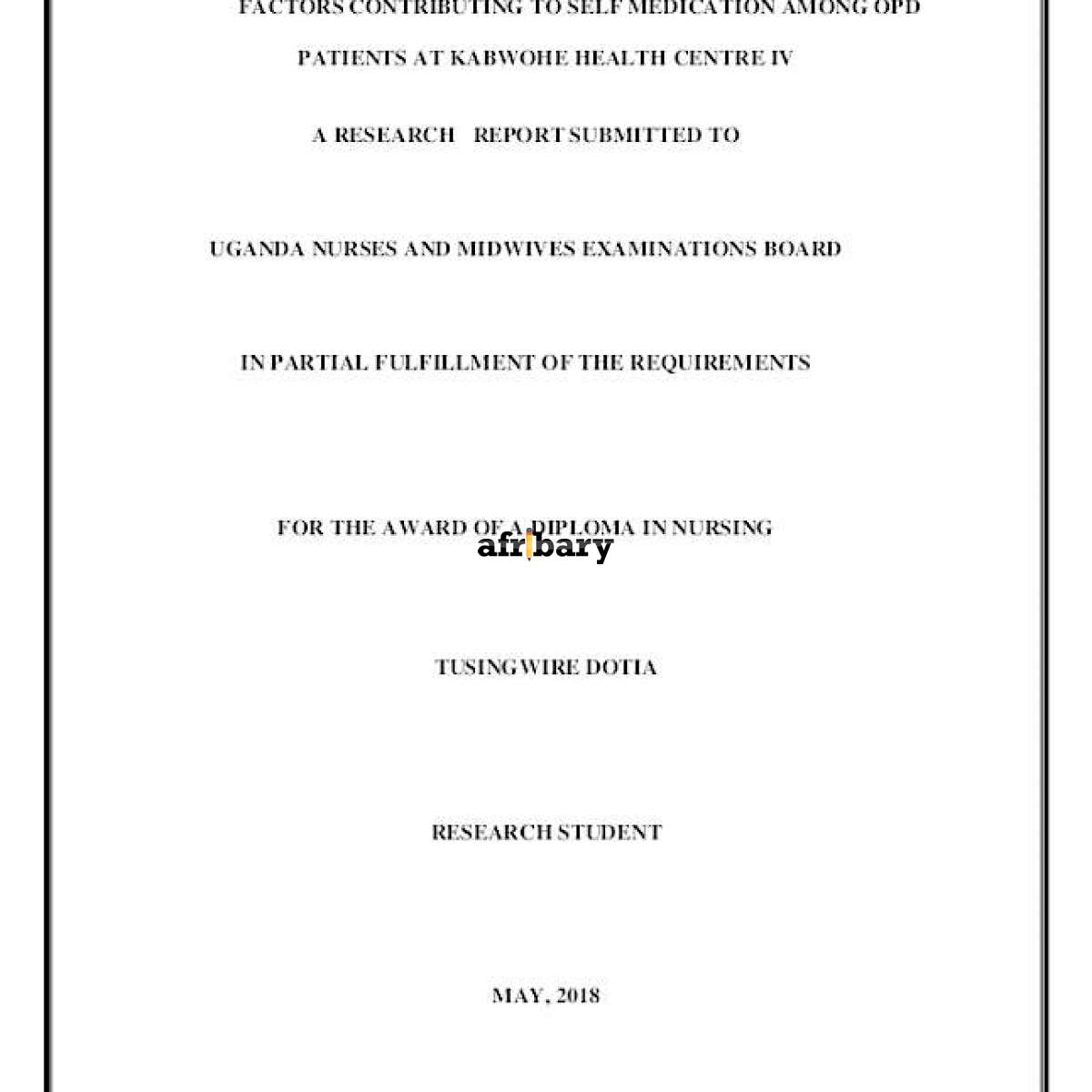Driving With ADHD: A Comprehensive Guide To Vehicle Safety

Table of Contents
Understanding the Challenges of Driving with ADHD
ADHD, characterized by inattention, impulsivity, and hyperactivity, can significantly impact driving skills. These symptoms translate into specific challenges behind the wheel:
-
Difficulty maintaining attention on the road: Drivers with ADHD may experience mind-wandering, leading to missed traffic signals, slower reaction times to hazards, and increased risk of accidents. This inattention can be exacerbated by fatigue or external distractions.
-
Impulsive actions like sudden lane changes or speeding: Impulsivity can result in erratic driving behaviors, endangering both the driver and others. Sudden acceleration or braking can also be a consequence.
-
Challenges with spatial awareness and judging distances: Difficulty accurately judging distances between vehicles or obstacles can lead to near misses or collisions. This can be particularly problematic in tight spaces or during parking maneuvers.
-
Increased risk of distracted driving due to internal restlessness: The internal restlessness associated with ADHD can manifest as fidgeting, excessive daydreaming, or preoccupation with internal thoughts, all of which detract from focusing on the road.
-
Problems with time management and planning routes: Difficulty estimating travel time and planning efficient routes can lead to stress and rushed driving, increasing the risk of accidents.
Medication can play a significant role in managing ADHD symptoms and improving driving safety. However, it's crucial to discuss any medication's potential side effects on driving with your doctor. Some medications might cause drowsiness or other effects that could impair driving ability.
Strategies for Safer Driving with ADHD
Implementing specific strategies can significantly improve driving safety for individuals with ADHD.
Improving Focus and Attention
Maintaining focus while driving is paramount. Here are some techniques:
-
Mindfulness techniques before and during driving: Practicing mindfulness exercises before starting a journey can help center your mind and improve focus. Even short mindfulness breaks during longer drives can be beneficial.
-
Regular breaks to combat fatigue and inattention: Taking short breaks every couple of hours, even for just 5-10 minutes, can help prevent fatigue and maintain alertness.
-
Audiobooks or podcasts (if not distracting): Listening to audiobooks or podcasts can sometimes help maintain focus, but choose content that won't be overly stimulating or distracting.
-
Avoiding driving during peak fatigue times: Identify your personal peak fatigue times and avoid driving during those periods whenever possible.
-
Utilizing GPS navigation for route planning and reduced cognitive load: GPS navigation can significantly reduce the cognitive load associated with route planning, allowing you to focus more on driving.
Managing Impulsivity and Hyperactivity
Managing impulsive behaviors is crucial for safe driving:
-
Consciously practicing defensive driving techniques: Defensive driving emphasizes anticipating potential hazards and reacting proactively to prevent accidents.
-
Setting speed limits and sticking to them: Consciously setting and adhering to speed limits helps avoid impulsive speeding.
-
Practicing deep breathing exercises to manage anxiety: Deep breathing can help calm nerves and reduce anxiety behind the wheel.
-
Avoiding distractions like cell phones and adjusting car settings (radio, temperature) beforehand: Minimize distractions by adjusting the car's settings before starting your drive and avoiding cell phone use completely.
-
Seeking support from a therapist or coach to develop coping mechanisms: A therapist can provide tools and strategies to manage impulsive behaviors and improve self-regulation.
Enhancing Route Planning and Time Management
Careful planning can minimize stress and improve safety:
-
Planning routes in advance to minimize stress: Plan your route beforehand to reduce the cognitive load of navigating while driving.
-
Allowing extra time for unexpected delays: Build in extra time to account for unexpected traffic or delays.
-
Using navigation apps to stay on track: Navigation apps provide real-time traffic updates and help avoid getting lost.
-
Avoiding driving during peak traffic hours if possible: If possible, adjust your schedule to avoid driving during peak traffic times to reduce stress and improve safety.
-
Using reminders for important appointments or errands: Set reminders to prevent forgetting appointments or errands, reducing the stress of rushed driving.
Vehicle Modifications and Technology for Enhanced Safety
Modern technology and vehicle modifications can assist drivers with ADHD:
-
Consider vehicles with advanced safety features like adaptive cruise control, lane departure warnings, automatic emergency braking, and blind-spot monitoring. These features can help mitigate the risks associated with inattention and impulsivity.
-
Explore ergonomic adjustments to your vehicle to improve comfort and reduce driving-related stress. Adjusting seat position, mirrors, and steering wheel can significantly enhance driving comfort.
-
Use apps for reminders and route planning. Several apps are designed to help with organization and time management, further reducing the cognitive load during driving.
Seeking Professional Support
Open communication with healthcare professionals is vital:
-
Consult with your doctor about medication management: Discuss medication options and their potential impact on driving ability with your doctor.
-
Consider professional driving assessments: A driving assessment can identify specific areas needing improvement and recommend tailored strategies.
-
Seek therapy to address underlying challenges: Therapy can provide coping mechanisms for managing ADHD symptoms and improving overall driving safety.
-
Join support groups for individuals with ADHD: Connecting with others facing similar challenges can provide valuable support and shared experiences.
Conclusion:
Driving with ADHD requires careful planning, proactive strategies, and a commitment to safe driving practices. By understanding the challenges and implementing the strategies outlined in this guide – including enhancing focus, managing impulsivity, and utilizing technology – drivers with ADHD can significantly improve their safety on the road. Remember, seeking professional support is crucial. Take control of your driving experience and drive safely by embracing these techniques for driving with ADHD.

Featured Posts
-
 The Russian Militarys Actions A Growing European Concern
Apr 29, 2025
The Russian Militarys Actions A Growing European Concern
Apr 29, 2025 -
 Pw C Banned Saudi Pif Halts Advisory Work For 12 Months
Apr 29, 2025
Pw C Banned Saudi Pif Halts Advisory Work For 12 Months
Apr 29, 2025 -
 Mlb Considers Petition To Reinstate Pete Rose A Report
Apr 29, 2025
Mlb Considers Petition To Reinstate Pete Rose A Report
Apr 29, 2025 -
 Increase In Adhd Diagnoses At Aiims Opd Understanding The Factors Contributing To The Rise
Apr 29, 2025
Increase In Adhd Diagnoses At Aiims Opd Understanding The Factors Contributing To The Rise
Apr 29, 2025 -
 Trumps China Tariffs Assessing The Impact On Us Consumers And Businesses
Apr 29, 2025
Trumps China Tariffs Assessing The Impact On Us Consumers And Businesses
Apr 29, 2025
